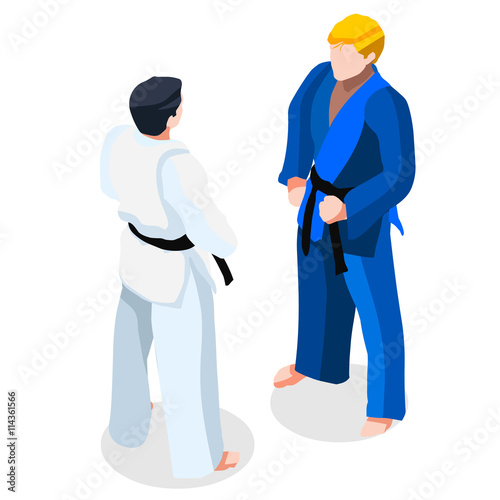In What Methods Do Typical Martial Arts Focus On Technique Compared To The Affordable Nature Of Contemporary Combat Sports? Uncover The Fundamental Differences That Can Influence Your Trip
In What Methods Do Typical Martial Arts Focus On Technique Compared To The Affordable Nature Of Contemporary Combat Sports? Uncover The Fundamental Differences That Can Influence Your Trip
Blog Article
Click Link Composed By-Valentine Fink
When you think about martial arts, do you lean extra towards the conventional methods or the modern battle sporting activities? Each course offers special advantages and experiences, formed by their approaches and training methods. Conventional martial arts stress personal growth and discipline, while modern combat sporting activities focus on competitors and performance. Comprehending these distinctions can direct you in selecting the best approach for your journey. But how do these differences manifest in training and approach?
The Philosophy and History Behind Conventional Martial arts
While many people link martial arts with physical battle, the philosophy and history behind standard martial arts run much deeper. galvans martial arts 'll find that these techniques stress individual growth, technique, and respect.
Stemming from ancient practices, conventional martial arts were typically created for Self-Defense and spiritual development. They personify concepts such as equilibrium, consistency, and self-discipline, guiding specialists beyond plain battling skills.
As you train, you'll not only find out strategies however also acquire insights into the culture and worths that shaped these arts. The rituals and traditions, frequently passed down through generations, cultivate a feeling of neighborhood and belonging.
The Competitive Nature of Modern Combat Sports
Modern fight sporting activities have actually changed the landscape of martial arts right into a highly affordable arena, where professional athletes face off in an examination of ability, technique, and endurance.
You'll see that competitors are often arranged with rigorous policies and guidelines, making sure fair play and safety. These events bring in large audiences, fueling the enjoyment and intensity of matchups.
Athletes train rigorously, not just for physical expertise however additionally for mental strength, knowing that every detail counts in the ring. The adrenaline thrill throughout competitors is apparent, as competitors press their restrictions to claim success.
Fans value the athleticism and artistry entailed, making modern battle sports a thrilling spectacle that continues to evolve and captivate fanatics all over the world.
Training Techniques and Methods: A Comparative Analysis
The affordable atmosphere of modern-day combat sports needs ingenious training methods that differ substantially from conventional martial arts.
In https://www.ktvq.com/news/local-news/billings-martial-artist-teaching-free-self-defense-to-youth -day training, you'll focus on details strategies, sparring, and conditioning, commonly utilizing drills that replicate actual battle situations. You'll see an emphasis on measurable performance and regular competition to analyze your skills.
In contrast, typical martial arts prioritize kinds, katas, and thoughtful trainings, usually stressing technique and regard over competitors.
Training is normally less extreme and may include recurring technique instead of real-time sparring.
While both techniques build skill and physical fitness, contemporary battle sports offer a much more vibrant and versatile training environment, preparing you for instant obstacles in the ring or cage.
Select the path that lines up with your goals and passions.
Verdict
In choosing between traditional martial arts and modern-day combat sporting activities, it truly boils down to what you value many. If you're searching for individual development, self-control, and a feeling of neighborhood, traditional arts could be your ideal fit. Yet if you flourish on competitors and real-time difficulties, contemporary fight sports could be the means to go. Inevitably, both courses use distinct advantages, so it's all about straightening your training with your personal objectives and rate of interests.
